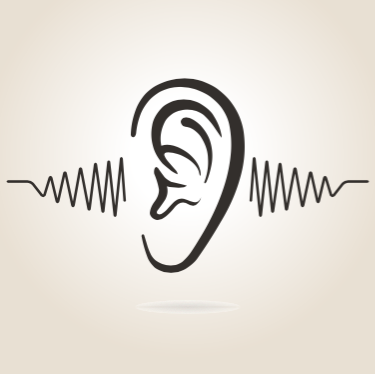
What’s in a word? A lot! My friend Roy Williams, The Wizard of Ads, wrote something last week that I want to pass along:
“Some word-people feel it’s their duty to correct you when you use a word improperly. These people are pedantic, pointy-nose dogs determined to give you a posterior probe, pretending it’s for your own good. I am not that sort of word-person. The people of my tribe believe words are colored with sparkling tints of nuance and subtle shades of association.
Add white to a color and the result will be a tint of that color. Add black and the result will be a shade. Add both white and black and the result will be a tone. But if you use “tint” and “shade” and “tone” interchangeably, I promise not to correct you.
The definition of a word is determined by its basic color. The sound of a word determines its tint, shade or tone. The sounds of words are determined by their phonemes. Obstruent phonemes are the hard-edged sounds we associate with letters like p, b, d, t, k and g. Sonorant phonemes are the cushiony sounds we associate with letters like l, w, r, m, n and ng.
Let’s read those lists again, but this time, we’ll make the sound represented by the letters rather than saying the names of the letters themselves. Obstruent phonemes include p, b, d, t, k and g as well as other hard-edged sounds. Sonorant phonemes include l, w, r, m, n and ng as well as other soft-edged sounds.
The tint, shade or tone of each word we write is affected by its beginning and ending phonemes. Those same words when spoken, however, will have their tints, shades and tones further altered by the inflection and accent of the speaker, as well as by their gestures and facial expressions and – wait for it – their “tone” of voice.
That’s right. Your “tone of voice” refers to the balance of light and dark contained in it.
Let’s listen once more to the second sentence of today’s opening paragraph. Count the hard-edged phonemes in those twenty words and you’ll find 24 occurrences of p, t, d, k and g. Notice how they are stacked for impact:
“These people are pedantic, pointy-nose dogs determined to give you a posterior probe, pretending it’s for your own good.”
You can almost feel the point of that dog’s nose. Choose your words not not just by their definitions, but by their sounds.
– Roy H. Williams”
Roy’s website is wizardofads.com if you want to get more of his insight. He always makes me think.
